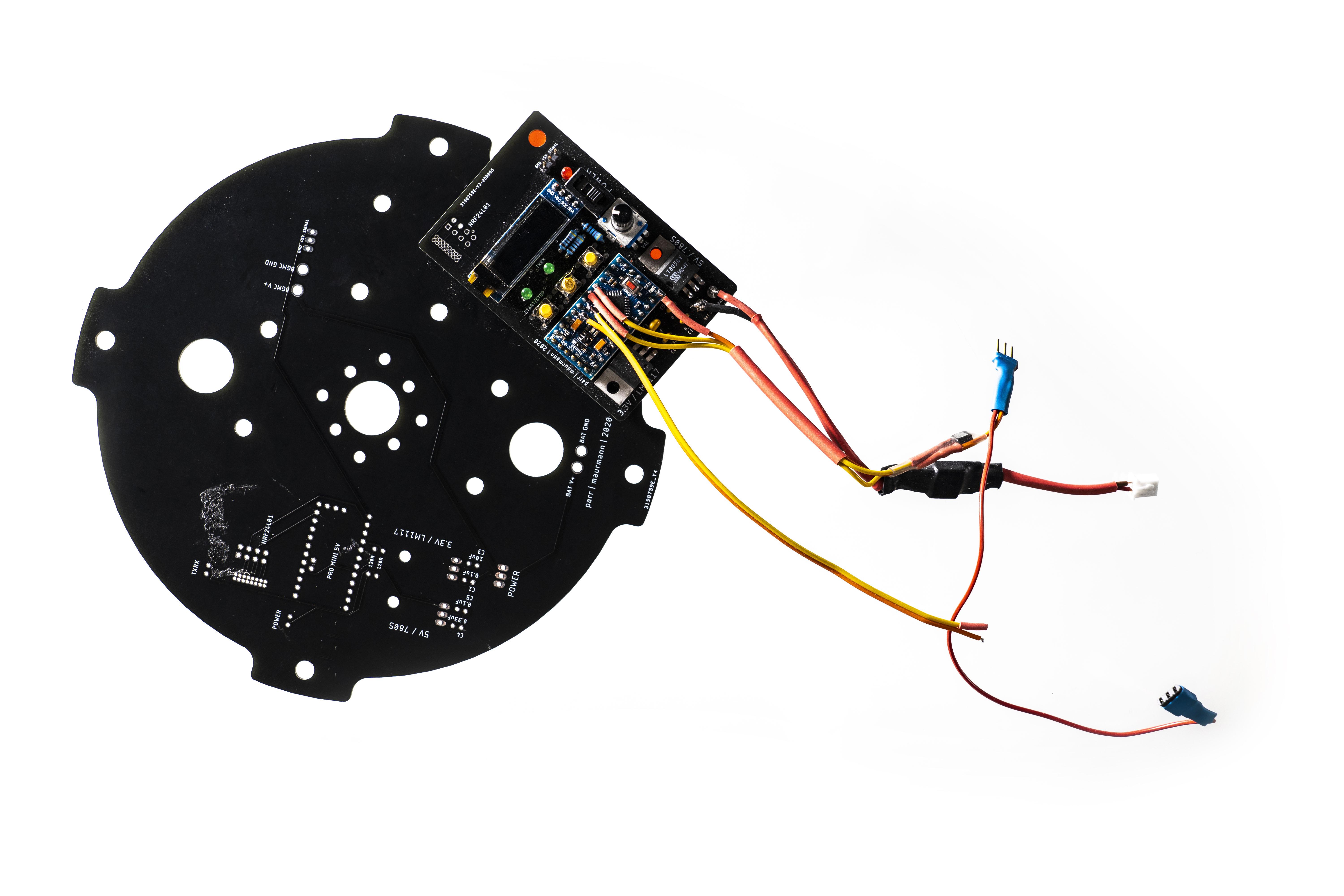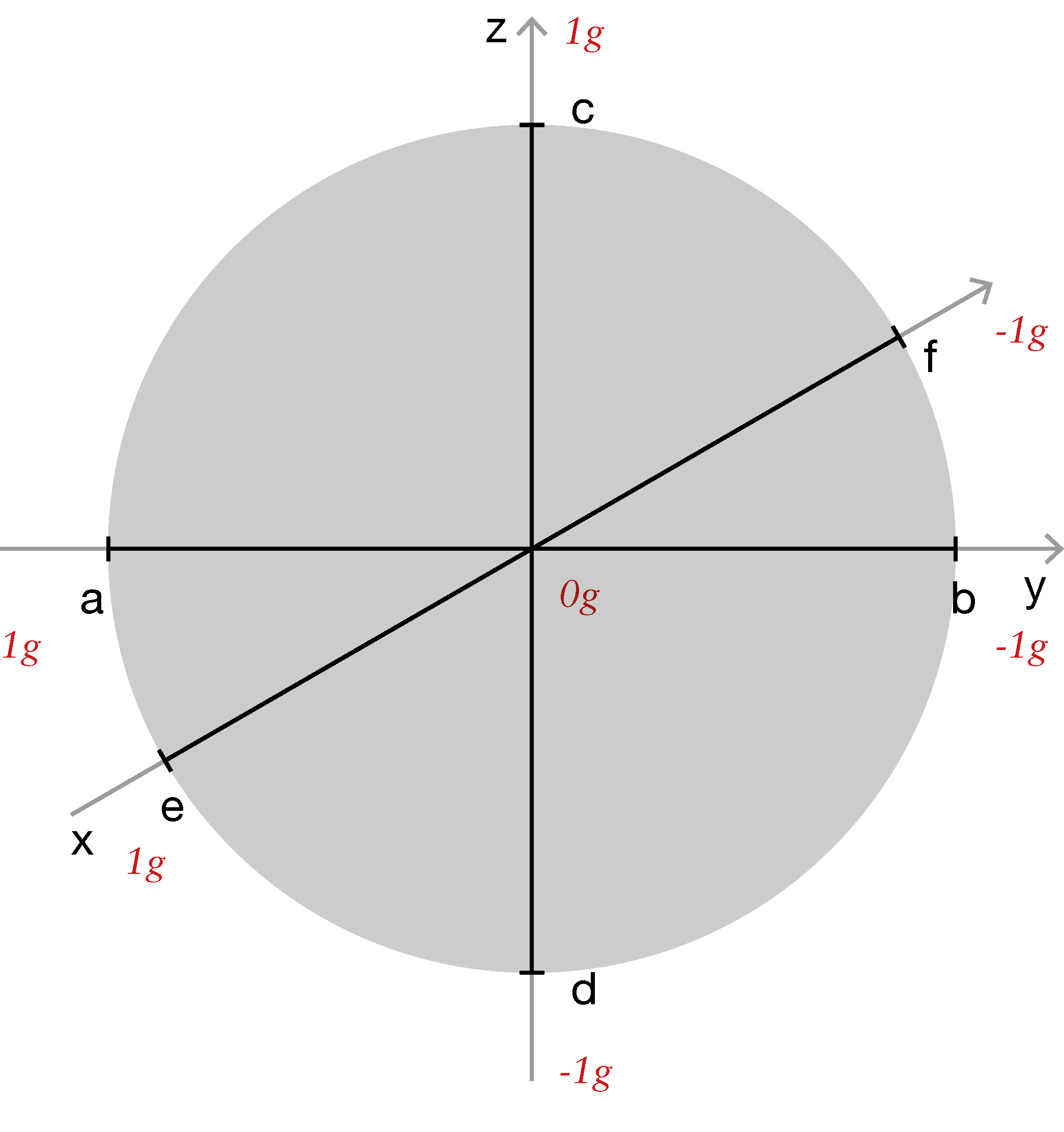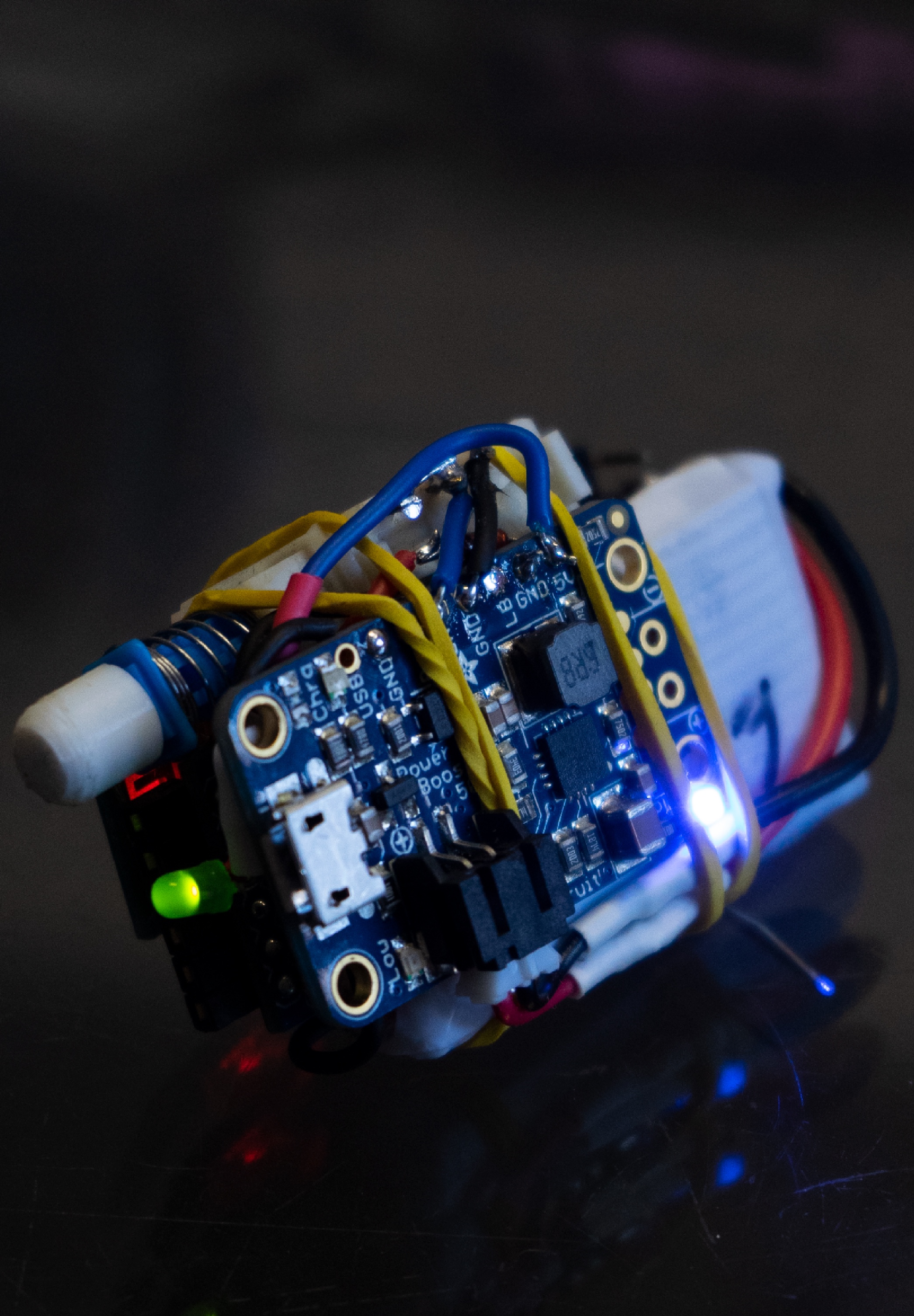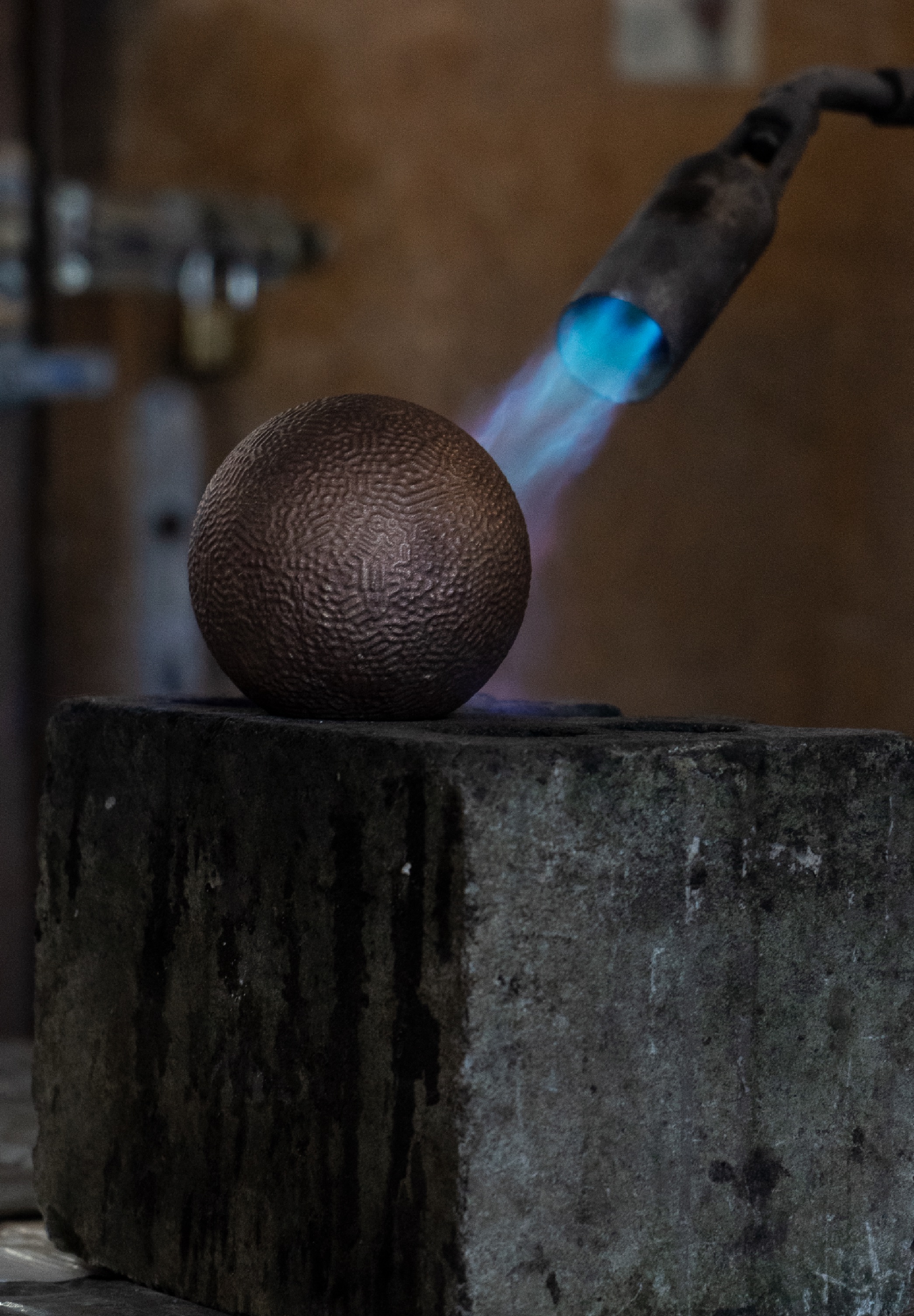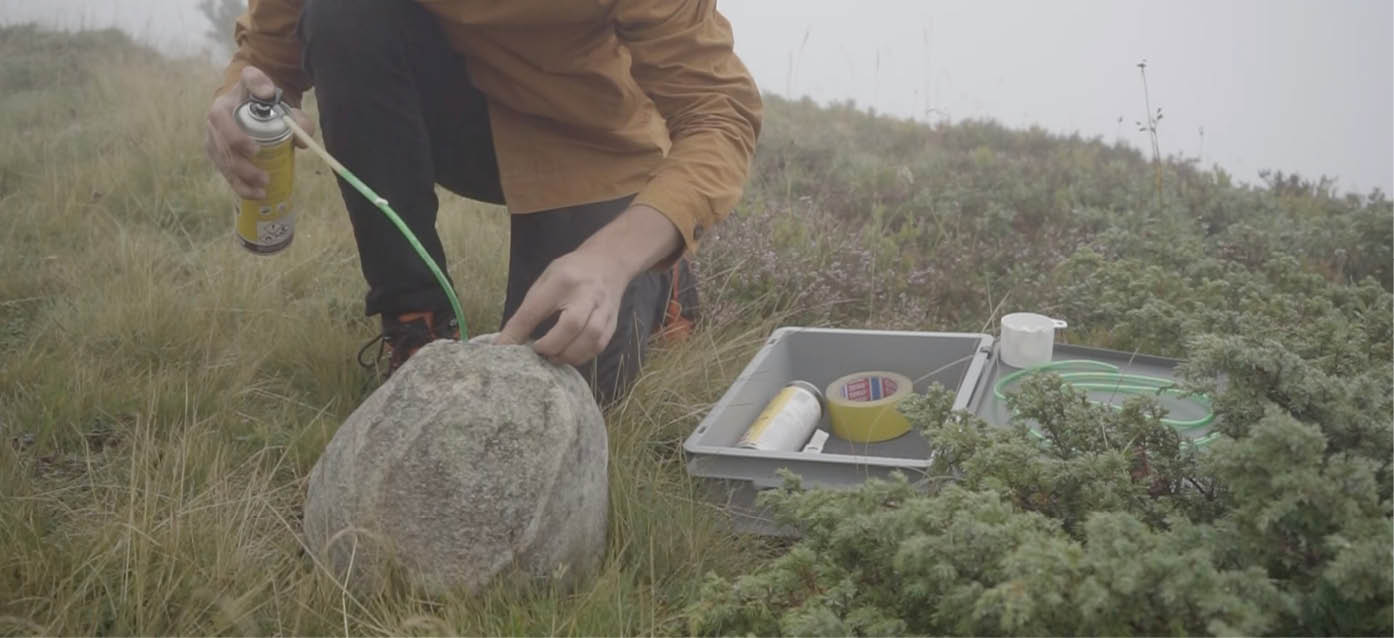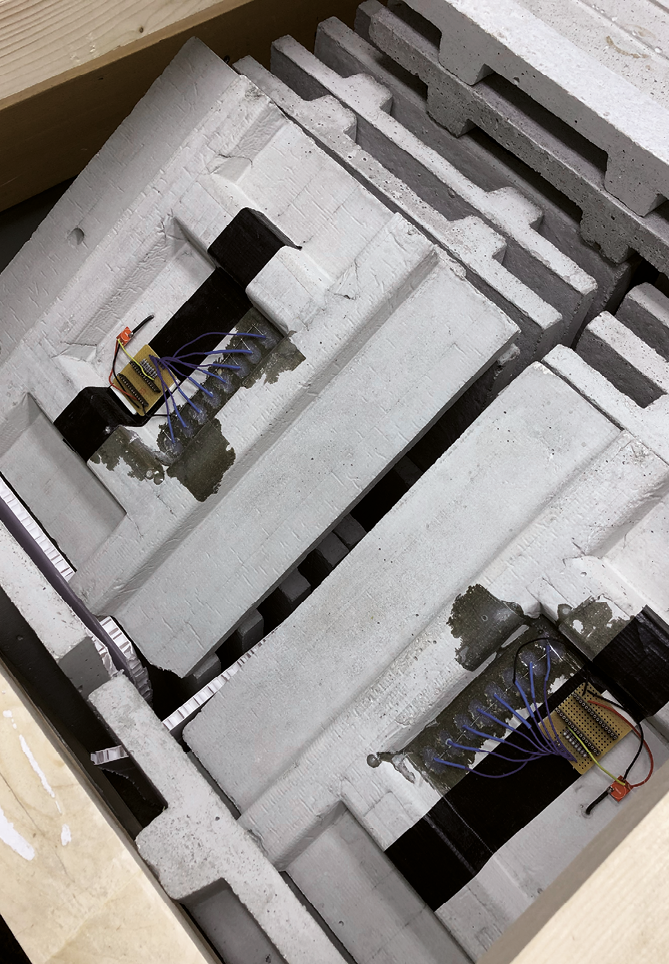
ski
A ski is a composite of individual materials. Together they form a dynamic part, reactive to factors such as torsion, tension and compression, as well as temperature, humidity and light. To play with these factors, to weigh them individually and also in sum, to follow an aesthetic concept and thus to define a character of a ski, is the attraction for me in this work. Most of the development is done in the iterative optimization of working processes, the development of machines, components and templates.
External feedback is very important in this process. By selling to some customers I managed to push this project over the last 6 years. Currently I am developing a new press, a combination of positive and negative pressure, an autoclave. This should allow me to form more complex designs, in favor of aesthetics, weight and handling.
A ski is a composite of individual materials. Together they form a dynamic part, reactive to factors such as torsion, tension and compression, as well as temperature, humidity and light. To play with these factors, to weigh them individually and also in sum, to follow an aesthetic concept and thus to define a character of a ski, is the attraction for me in this work. Most of the development is done in the iterative optimization of working processes, the development of machines, components and templates.
External feedback is very important in this process. By selling to some customers I managed to push this project over the last 6 years. Currently I am developing a new press, a combination of positive and negative pressure, an autoclave. This should allow me to form more complex designs, in favor of aesthetics, weight and handling.
Ski
Ein Ski bildet Komposit aus Einzelmaterielien. Diese ergeben in der Summe ein dynamisches Teil, reaktiv auf Faktoren wie Torsion, Zug und Kompression, sowie auch Temperatur, Feuchte und Licht. Mit diesen Faktoren zu spielen, sie einzeln und auch in der Summe zu gewichten, dabei einem ästhetischen Konzept zu folgen und so ein Charakter eines Skis zu definieren, bildet für mich den Reiz dieser Arbeit. Der Grossteil der Entwicklungen geschieht in der iterativen Optimierung von Arbeitzprozessen, dem Entwickeln von Maschinen, Bauteilen und Schablonen.
Externes Feedback ist dabei sehr wichtig. Durch Verkäufe an einige InteressentInnen gelang es mir dieses Projekt über die letzten 6 Jahre voranzutreiben. Derzeit entwickle ich eine neue Presse, eine Kombination von Über- und Unterdruckpressung, einen Autoklaven. Damit sollte es mir möglich sein, komplexere Konstruktionen zu bilden, zugunsten von Gewicht und Fahrverhalten.
Ein Ski bildet Komposit aus Einzelmaterielien. Diese ergeben in der Summe ein dynamisches Teil, reaktiv auf Faktoren wie Torsion, Zug und Kompression, sowie auch Temperatur, Feuchte und Licht. Mit diesen Faktoren zu spielen, sie einzeln und auch in der Summe zu gewichten, dabei einem ästhetischen Konzept zu folgen und so ein Charakter eines Skis zu definieren, bildet für mich den Reiz dieser Arbeit. Der Grossteil der Entwicklungen geschieht in der iterativen Optimierung von Arbeitzprozessen, dem Entwickeln von Maschinen, Bauteilen und Schablonen.
Externes Feedback ist dabei sehr wichtig. Durch Verkäufe an einige InteressentInnen gelang es mir dieses Projekt über die letzten 6 Jahre voranzutreiben. Derzeit entwickle ich eine neue Presse, eine Kombination von Über- und Unterdruckpressung, einen Autoklaven. Damit sollte es mir möglich sein, komplexere Konstruktionen zu bilden, zugunsten von Gewicht und Fahrverhalten.





ski | ongoing | project & client work
see more




